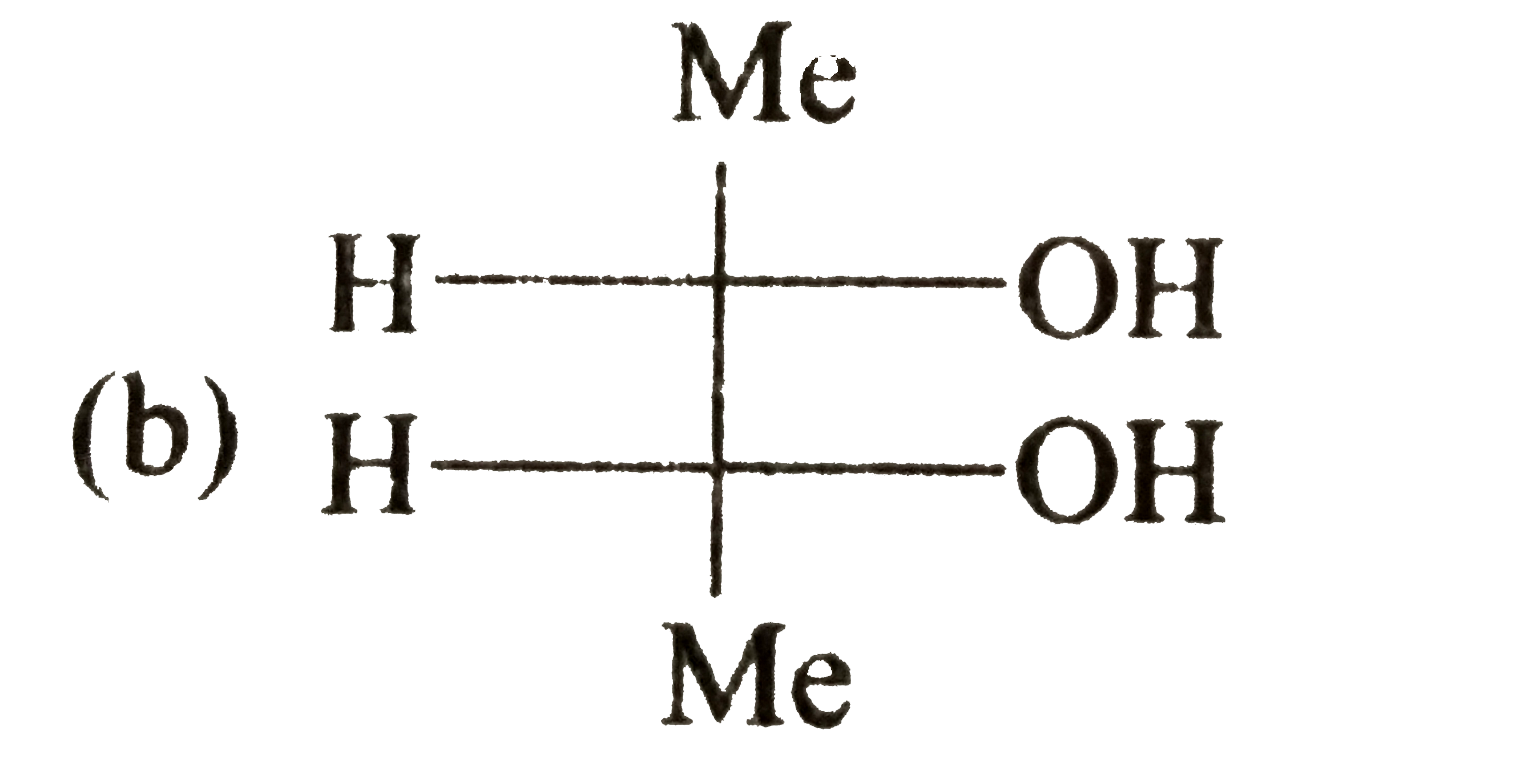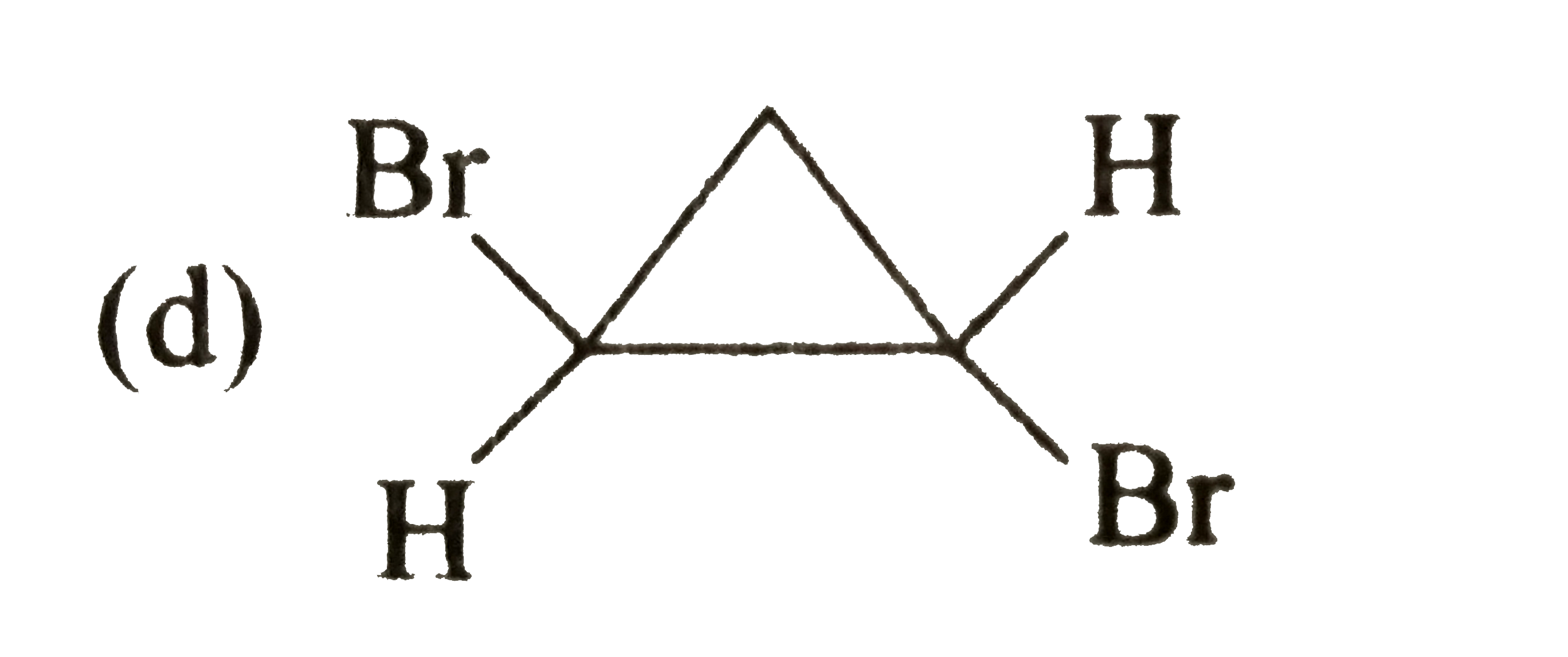Which of the following will show optical activity?
Cis−[Co(NH3)2(en)2]3+
Trans−[Co(NH3)2(en)2]3+
[Co(NH3)6]3+
Trans−[Co(H2O)4CI2]+
The correct Answer is:A
To determine which of the given compounds shows optical activity, we need to analyze each compound based on its symmetry. Optical activity is exhibited by compounds that lack a plane of symmetry. Here’s a step-by-step solution:
Step 1: Identify the Coordination Numbers
- Cobalt Complexes: All the given complexes are octahedral, which means they have a coordination number of 6. This is confirmed as follows:
- Monodentate ligands (like NH3) contribute 1 bond each.
- Bidentate ligands (like ethylenediamine, EN) contribute 2 bonds each.
Step 2: Draw the Structures
- First Compound: Cobalt with 2 ethylenediamine (EN) and 4 NH3 ligands.
- Cis Configuration: The two EN ligands are on the same side.
- Symmetry Check: There is no plane of symmetry in this arrangement, indicating that it is optically active.
- Second Compound: Cobalt with 2 EN and 4 NH3 ligands in a Trans Configuration.
- Trans Configuration: The two EN ligands are on opposite sides.
- Symmetry Check: This arrangement has a plane of symmetry (NH3 ligands are symmetrical about the central plane), making it optically inactive.
- Third Compound: Cobalt with 6 NH3 ligands.
- Symmetry Check: All ligands are identical, leading to multiple planes of symmetry. Thus, it is optically inactive.
- Fourth Compound: Cobalt with 2 Cl and 4 H2O ligands in a Trans Configuration.
- Symmetry Check: Similar to the second compound, this arrangement has a plane of symmetry due to the arrangement of Cl and H2O ligands, making it optically inactive.
Step 3: Conclusion
Only the first compound, with the cis configuration of ethylenediamine and NH3, lacks symmetry and is therefore optically active.
Final Answer
The first compound is the only one that shows optical activity.
---
- Cobalt Complexes: All the given complexes are octahedral, which means they have a coordination number of 6. This is confirmed as follows:
- Monodentate ligands (like NH3) contribute 1 bond each.
- Bidentate ligands (like ethylenediamine, EN) contribute 2 bonds each.
- First Compound: Cobalt with 2 ethylenediamine (EN) and 4 NH3 ligands.
- Cis Configuration: The two EN ligands are on the same side.
- Symmetry Check: There is no plane of symmetry in this arrangement, indicating that it is optically active.
- Trans Configuration: The two EN ligands are on opposite sides.
- Symmetry Check: This arrangement has a plane of symmetry (NH3 ligands are symmetrical about the central plane), making it optically inactive.
- Symmetry Check: All ligands are identical, leading to multiple planes of symmetry. Thus, it is optically inactive.
- Symmetry Check: Similar to the second compound, this arrangement has a plane of symmetry due to the arrangement of Cl and H2O ligands, making it optically inactive.
Only the first compound, with the cis configuration of ethylenediamine and NH3, lacks symmetry and is therefore optically active.
The first compound is the only one that shows optical activity.
Topper's Solved these Questions
- ALCOHOLS, PHENOLS AND ETHERSBOOK - AAKASH INSTITUTECHAPTER - ALCOHOLS, PHENOLS AND ETHERSEXERCISE - Try yourself
4 Videos
- ALCOHOLS, PHENOLS AND ETHERSBOOK - AAKASH INSTITUTECHAPTER - ALCOHOLS, PHENOLS AND ETHERSEXERCISE - Exercise
40 Videos
- ALCOHOLS, PHENOLS AND ETHERS BOOK - AAKASH INSTITUTECHAPTER - ALCOHOLS, PHENOLS AND ETHERS EXERCISE - Try Yourself
5 Videos
Similar Questions
Knowledge Check
Which of the following will shown optical activity ?
A B
B C
C D
D
Which of the following will not show optical activity?
A BCH3−CHOHOH−CD3C
BCH3−CHOHOH−CD3C D
D
Which of the following shows optical activity?
Abutanamine-1Bbutanamine-2CisoprpylamineDetylmethyl amine
which of the following exhibits optical activity?
View SolutionWhich of the following is not optically active?
View SolutionWhich of the following is not optically active?
View SolutionWhich of the following is not optically active?
View SolutionWhich of the following complex will show optical activity ?
View Solution
